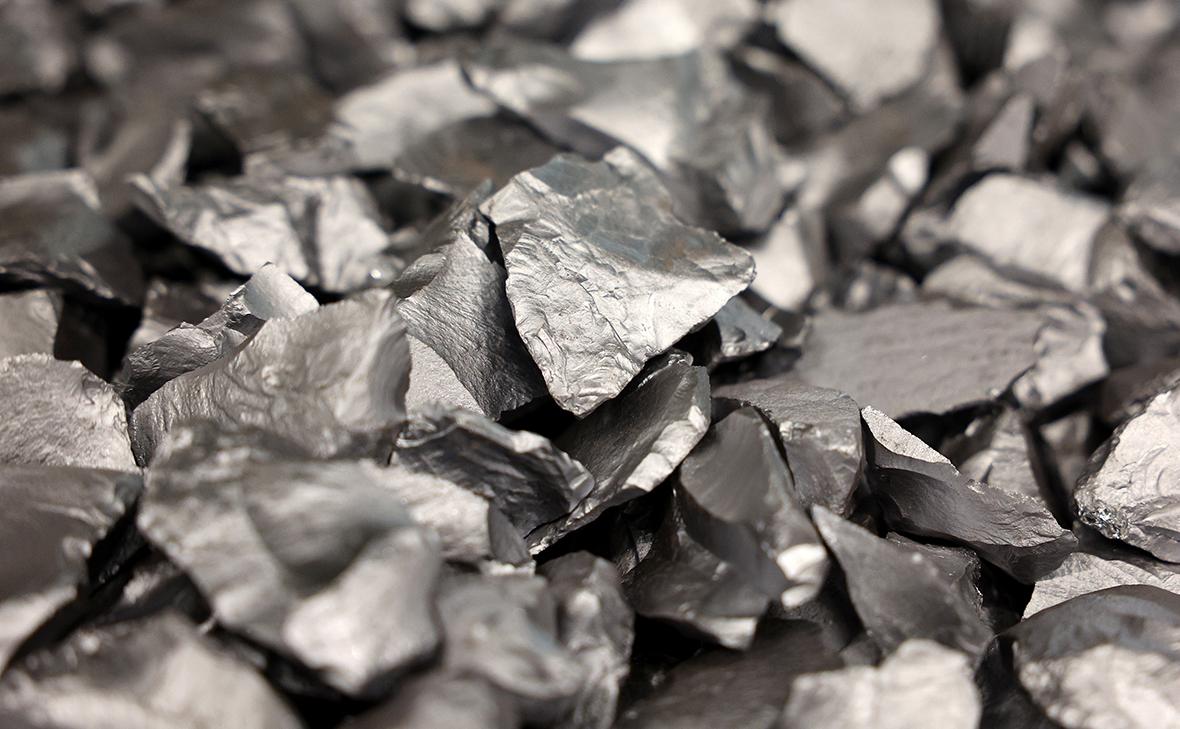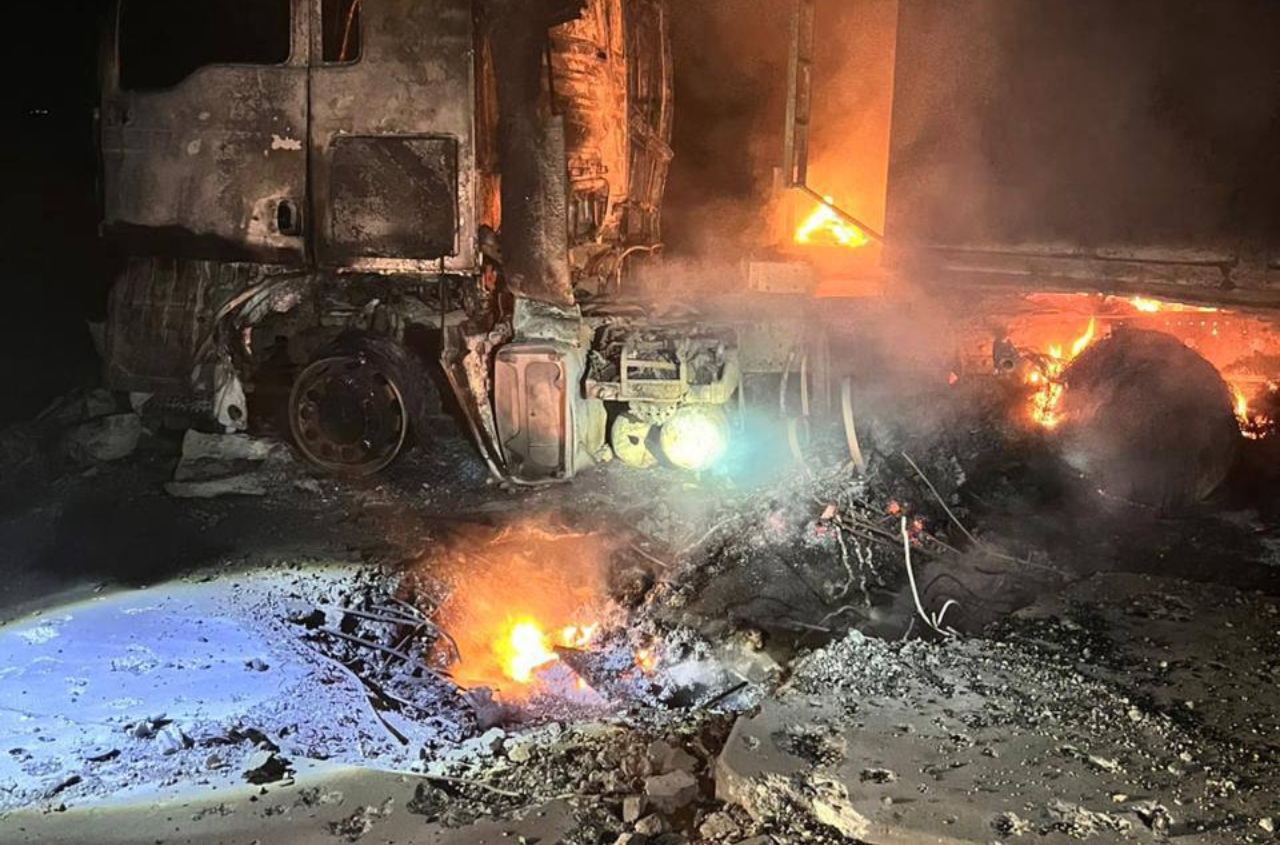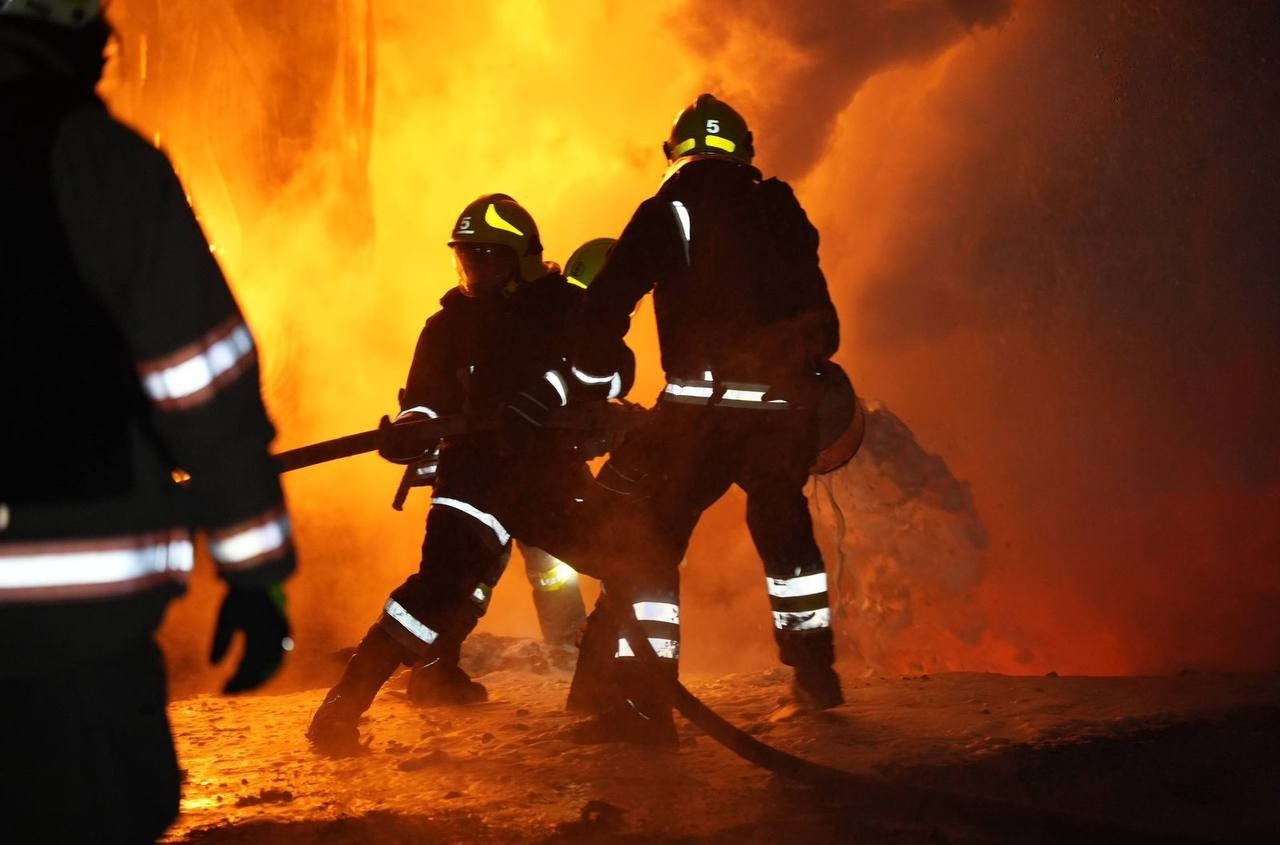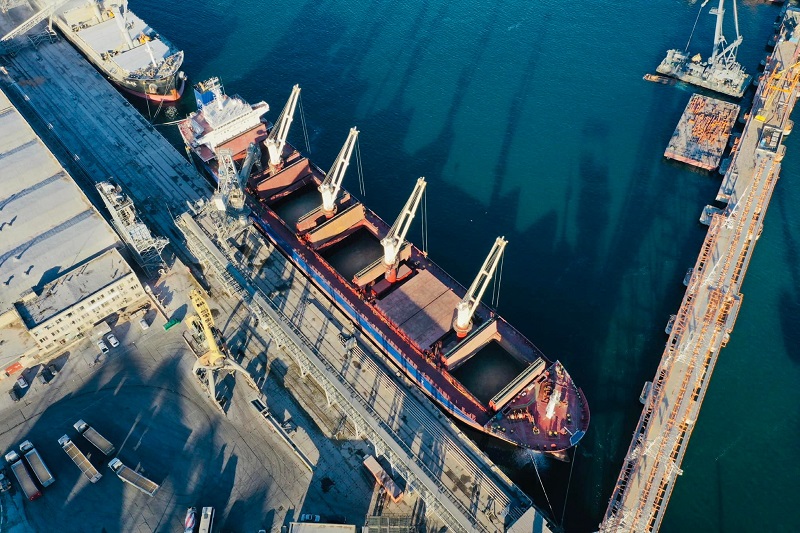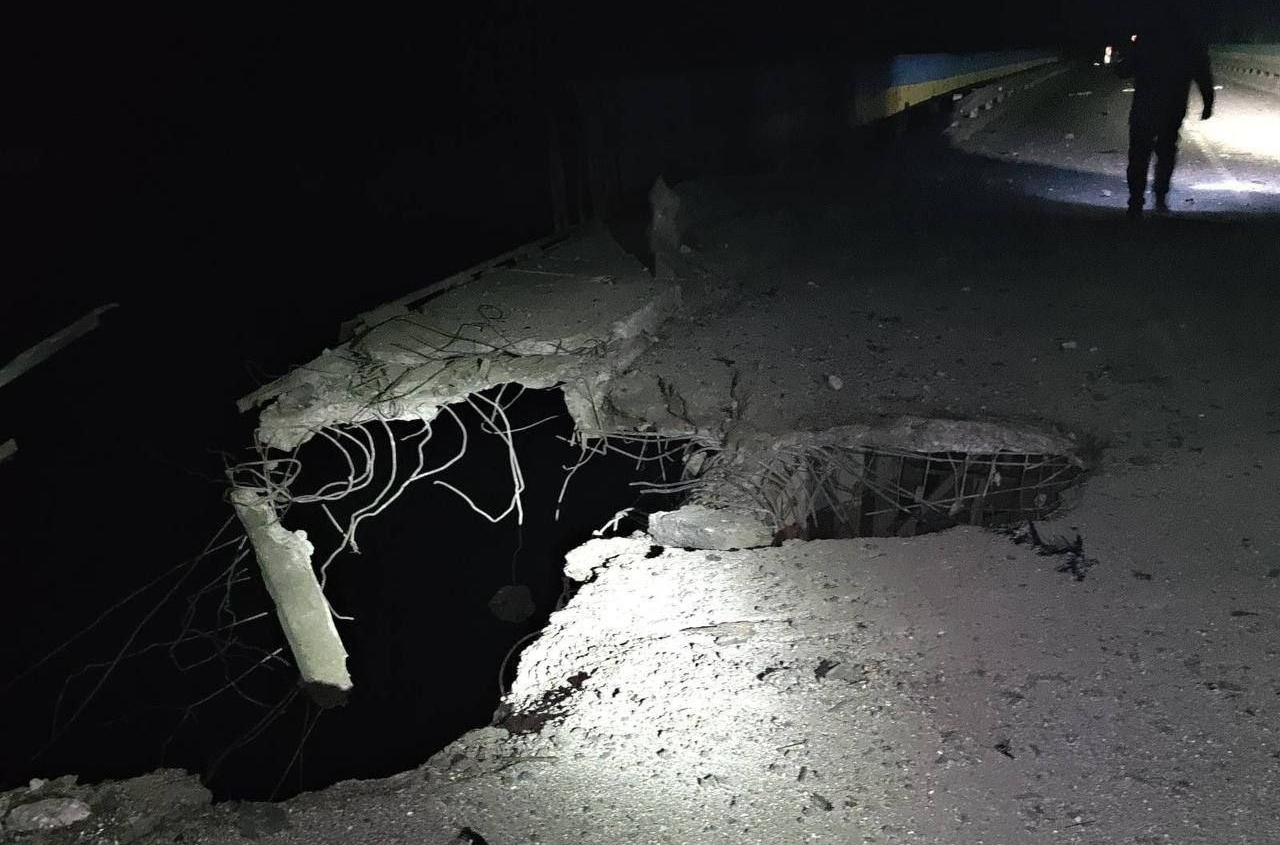Russia’s metallic-silicon industry is experiencing its deepest crisis in years: production in 2025 has fallen by roughly one third. The main reason is China’s aggressive pricing policy and chronic overproduction, which allows Beijing to sell silicon at dumping prices and effectively push Russian producers out of their own domestic market.
Russia’s largest producer, JSC “Kremniy,” has announced a complete shutdown starting January 2026. Another key player, “Kremniy-Ural,” still continues operating, but with significant under-utilization of capacity. Both companies state that the domestic market is entirely unprotected from Chinese imports, even though the Kremlin officially presents relations with Beijing as “an all-encompassing partnership and strategic cooperation.”
The structure of Russia’s own demand further worsens the situation. In Russia, metallic silicon is consumed primarily by non-ferrous and ferrous metallurgy for alloy production. On global markets, however, this material has much broader applications — especially in electronics, semiconductor manufacturing, and solar-panel production. Yet Russia produces almost no high-purity components for these sectors: it lacks the necessary technologies and imports most of such products from China.
This strategic imbalance only deepens the crisis. Chinese producers can cover Russia’s entire annual demand for metallic silicon in less than three weeks of operation. Against this backdrop, investors see no reason to invest in modernizing Russian facilities, which are uncompetitive compared to China's scale and production costs.
As a result, the Russian industry is facing a systemic threat: the domestic market is being flooded with cheap Chinese silicon, local producers are reducing or halting operations, and the government — due to the political sensitivity of relations with Beijing — avoids any protective measures. This situation effectively locks Russia into dependence on China in both raw-material and technological segments of the production chain.









